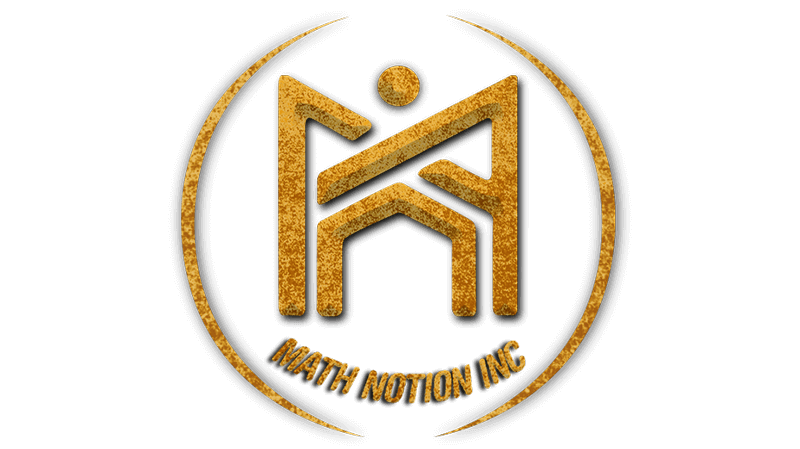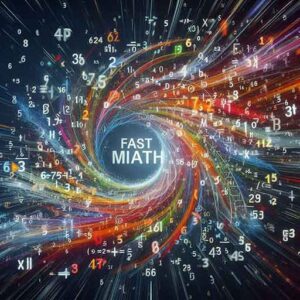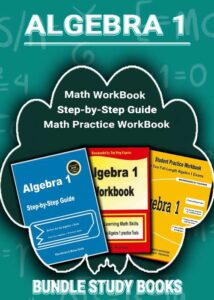
Study Time: 2minutes
What is Fast Math?
Fast Math is a collection of techniques and strategies designed to help people solve math problems quickly and efficiently. Whether it’s calculating sums, solving equations, or performing other mathematical operations, Fast Math provides shortcuts and mental math techniques to simplify complex processes. Used widely in education, competitive exams, and even daily life, Fast Math enhances problem-solving skills and boosts confidence in mathematical ability.
The Basics of Fast Math
Fast Math centers around the idea that many mathematical operations can be simplified using patterns, rules, and tricks that help avoid the need for long calculations. Instead of relying on traditional methods like long division or multiplication, Fast Math teaches students and professionals faster ways to get accurate results.
These techniques are particularly useful in time-sensitive scenarios, like exams or competitive tests, where working quickly and accurately is crucial. They also help build a foundation for mental math, where people perform calculations without needing a calculator or pencil and paper.
Why Learn Fast Math?
Learning Fast Math has many advantages:
- Increased Speed and Accuracy: Fast Math techniques enable quicker calculations without compromising accuracy, making them valuable for exams, tests, and real-life situations.
- Boosted Confidence: Mastering these methods builds confidence in math skills, particularly for students who may find traditional math challenging or intimidating.
- Mental Agility: Regular practice with Fast Math develops mental agility and the ability to perform operations quickly, a skill valuable in everyday life.
- Stronger Problem-Solving Skills: Fast Math encourages looking for patterns and shortcuts, enhancing critical thinking and problem-solving abilities.
Common Fast Math Techniques
Fast Math includes various tricks and techniques for different types of calculations. Here are some popular methods that anyone can try:
Multiplying by 9
An easy trick for multiplying by 9 is to use a pattern. For example:
- For single-digit numbers, subtract one from the number you’re multiplying. The result goes in the tens place, and the difference needed to make the sum of both digits equal to 9 goes in the ones place.
Example:
To multiply 9 by 6:
- 6 – 1 = 5 (tens place)
- 9 – 5 = 4 (ones place)
So, 9 x 6 = 54.
Squaring Numbers Ending in 5
For numbers that end in 5, there’s a quick way to square them:
- Take the number in the tens place and multiply it by the next higher number.
- Then, add 25 to the end of the product.
Example:
To square 25:
- The tens digit is 2. Multiply 2 by 3 = 6.
- Put 25 at the end to get 625.
So, 25² = 625.
Doubling and Halving
For multiplication, doubling one factor and halving the other can make the calculation easier.
Example:
To multiply 24 by 5:
- Double 24 to get 48.
- Halve 5 to get 2.5.
- Multiply 48 x 2.5 = 120.
Multiplying by 11
When multiplying two-digit numbers by 11, add the digits and place the sum in between them.
Example:
To multiply 11 by 23:
- Separate the digits of 23 (2 and 3).
- Add them (2 + 3 = 5).
- Place the sum in between, resulting in 253.
Fast Addition and Subtraction
For large numbers, break them down into smaller, easier components to quickly calculate addition or subtraction.
Example:
To add 357 + 489:
- Separate into hundreds, tens, and units.
- Add 300 + 400, 50 + 80, and 7 + 9 to get 846.
Fast Math for Mental Math Skills
Mental math is the skill of performing math calculations in one’s head. Fast Math techniques help improve mental math abilities by reinforcing shortcuts that simplify calculations. For example, rounding numbers for quick addition or estimation makes it easier to calculate faster, even when exact answers aren’t necessary. This skill is highly useful in everyday situations like estimating grocery bills, splitting checks, or calculating discounts.
Fast Math in Education and Exams
Fast Math techniques are highly valuable in education, especially for students preparing for exams. Standardized tests like the SAT, ACT, GRE, or GMAT often require rapid calculations, making Fast Math an essential tool for success. Many educators and tutors incorporate Fast Math techniques into their teaching to help students save time and improve accuracy on multiple-choice questions or problem-solving tasks.
Additionally, Fast Math builds a foundation for more advanced math topics by reinforcing number sense and understanding mathematical relationships. Many competitive math programs, like Math Olympiads or Math Kangaroo, also encourage Fast Math strategies to train young students in quick and efficient problem-solving.
Practicing Fast Math
To master Fast Math, regular practice is key. Practicing a little each day helps build confidence and make these techniques second nature. Here are some tips for practicing Fast Math effectively:
- Use Flashcards: Flashcards are a great way to practice and memorize common Fast Math techniques, like multiplication tables or squares.
- Timed Practice: Set a timer and solve as many problems as possible within a short period to build speed.
- Real-Life Application: Practice using Fast Math in everyday scenarios, such as calculating change, estimating prices, or planning budgets.
- Online Resources: Many websites and apps offer free Fast Math exercises, tutorials, and timed challenges.
Fast Math for Daily Life
Fast Math skills aren’t just for students; they’re beneficial for people of all ages. Everyday tasks like budgeting, shopping, cooking, and planning involve math, and being able to perform calculations quickly and accurately is a valuable skill. For instance, calculating the total cost of items in a shopping cart, estimating driving time, or scaling recipes are all situations where Fast Math can come in handy.
Fast Math also promotes a positive attitude toward math overall. By showing people that math can be efficient and accessible, Fast Math encourages a deeper understanding of math in daily life.
Conclusion
Fast Math is an essential tool for anyone looking to improve their mathematical abilities quickly and efficiently. By incorporating simple techniques and shortcuts, Fast Math provides a way to tackle math problems without lengthy calculations. Not only does it help in academics, but it’s also highly applicable to everyday life, making math more practical, accessible, and enjoyable for everyone. With regular practice, anyone can master Fast Math and develop mental agility that will serve them well in both academic and real-world scenarios.



